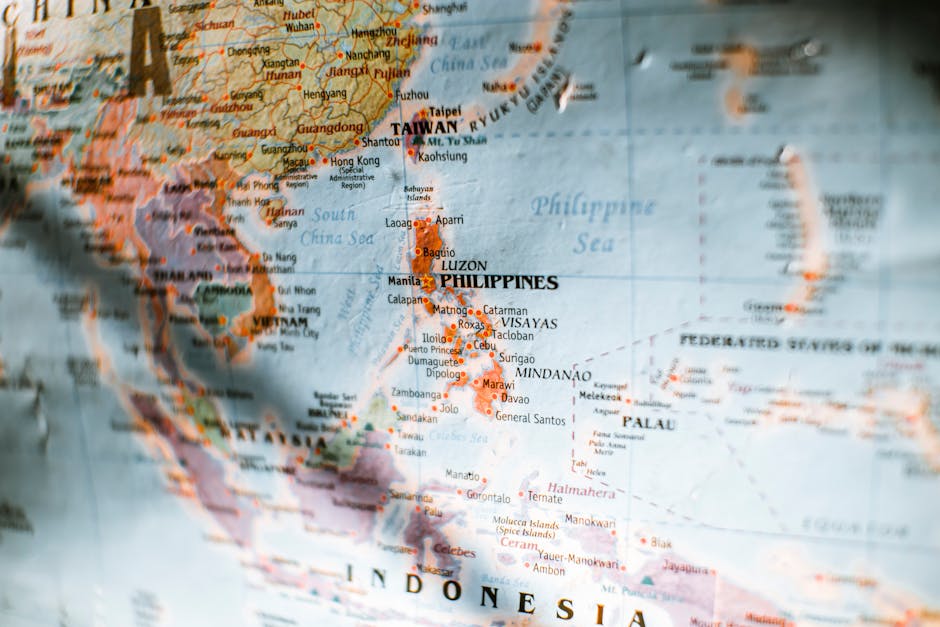In the geopolitically charged waters of the South China Sea, Vietnam has emerged as a key player, deftly navigating the complex dynamics of regional power struggles. At the heart of its strategy lies a steadfast commitment to a non-aligned foreign policy, a stance that has not only preserved its sovereignty but also strengthened its position in one of the world’s most contested maritime regions. As tensions between global powers like the United States and China escalate, Vietnam’s balanced approach offers a blueprint for leveraging diplomacy to safeguard national interests.
The Foundation of Non-Alignment
Vietnam’s non-aligned foreign policy is rooted in its historical experiences. Emerging from decades of colonial rule and the devastation of the Vietnam War, the country has long prioritized independence and self-reliance. This principle was formalized in its adoption of the “Four No’s” policy: no military alliances, no foreign military bases on Vietnamese soil, no reliance on one country to fight against another, and no use of force in international relations. This approach allows Vietnam to maintain strategic autonomy while engaging constructively with all major powers.
In the context of the South China Sea, where China’s expansive territorial claims clash with the interests of neighboring countries and international law, Vietnam’s non-alignment is a critical asset. By avoiding overt alignment with any single power bloc, Hanoi has been able to pursue a multi-faceted strategy that combines diplomacy, legal action, and military preparedness.
Diplomatic Maneuvering in the South China Sea
Vietnam’s diplomatic efforts have been instrumental in countering China’s assertiveness in the South China Sea. As a member of the Association of Southeast Asian Nations (ASEAN), Vietnam has worked to foster regional unity and promote a rules-based order. It has consistently advocated for the peaceful resolution of disputes in accordance with international law, particularly the United Nations Convention on the Law of the Sea (UNCLOS).
In 2016, Vietnam played a pivotal role in rallying ASEAN support for the Permanent Court of Arbitration’s ruling, which invalidated China’s sweeping claims in the South China Sea. While Beijing rejected the ruling, Vietnam’s diplomatic efforts ensured that the issue remained on the international agenda, drawing attention to China’s unilateral actions and bolstering the legitimacy of Vietnam’s own claims.
At the same time, Vietnam has pursued bilateral dialogues with China to manage tensions. High-level visits and confidence-building measures have helped prevent escalations, even as both countries continue to assert their competing claims. This dual-track approach—engaging with China while seeking international support—underscores Vietnam’s pragmatic and non-aligned stance.
Building Strategic Partnerships
While avoiding formal alliances, Vietnam has cultivated strategic partnerships with a range of countries, including the United States, Japan, India, and Australia. These relationships have provided Vietnam with access to economic investments, military equipment, and diplomatic backing, enhancing its capacity to defend its interests in the South China Sea.
For instance, Vietnam has deepened its defense ties with the U.S., receiving coastal patrol vessels and participating in joint military exercises. Similarly, Japan has provided Vietnam with maritime security assistance, including patrol boats and training programs. These partnerships are carefully calibrated to avoid provoking China, reflecting Vietnam’s commitment to non-alignment.
Economic and Military Resilience
Vietnam’s economic growth has also bolstered its position in the South China Sea. As one of the fastest-growing economies in Southeast Asia, Vietnam has invested in modernizing its military and enhancing its maritime capabilities. Its focus on self-reliance aligns with its non-aligned policy, ensuring that its defense strategy is not overly dependent on external actors.
At the same time, Vietnam has diversified its trade relationships, reducing its economic reliance on China. This economic resilience provides Hanoi with greater leverage in its dealings with Beijing, allowing it to resist pressure while pursuing its national interests.
The Road Ahead
As the South China Sea remains a flashpoint for regional and global tensions, Vietnam’s non-aligned foreign policy will continue to be a cornerstone of its strategy. By balancing engagement with major powers, fostering regional cooperation, and strengthening its own capabilities, Vietnam has positioned itself as a resilient and influential actor in the Indo-Pacific.
In an era of great power competition, Vietnam’s approach offers valuable lessons for other nations seeking to navigate complex geopolitical landscapes. Its ability to uphold its sovereignty while promoting peace and stability in the South China Sea underscores the enduring relevance of non-alignment in the 21st century.




